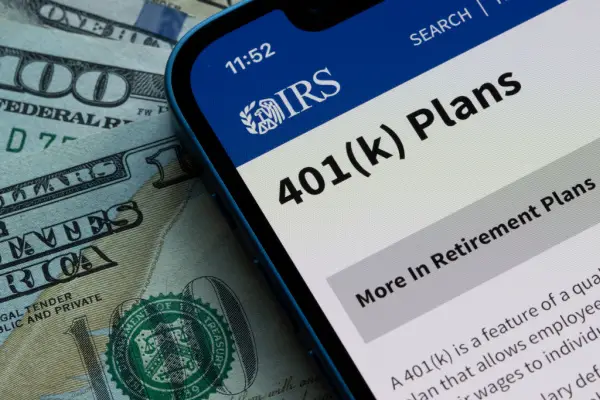
Many investors have trouble opening a 401k for their retirement because they are not familiar with private 401k plans. As an investor struggling to open a 401k, you are worried that you will not have the necessary finances for retirement. Fortunately, you can open a 401k in a non-traditional way. The private 401k functions similarly to traditional plans that many employers offer employees. You can invest in your future even when the traditional route is out of reach. There are also safe investments for seniors that retired investors can benefit from. If you are not yet retired and want to save for retirement, continue reading to learn how to start a private 401k plan.
Explore Private 401K Plans Options
To setup a private 401K plan, you can establish a Solo 401(k), SEP IRA or SIMPLE IRA. Plus, you have traditional and Roth IRA ts that also function similar to a private 401K plan. The main difference in these plans differ based on contribution limits, tax-free withdrawals, and employer participation. When you have your own plan, you can create unique provisions for yourself. You should consult with a financial advisor or professional about the best type of private 401K for your situation. Depending on how much you would like to contribute to retirement, you may need to create provisions for matching your own contributions. Or, you may have to fund the plan using a certain budget. Plus, you should discuss how the plan may change over time as your needs change.
Own A Business
Firstly, you need to become a business owner in order to qualify for a private 401k. This non-traditional retirement plan was created for self-employed individuals. Therefore, you need to be a sole proprietor to benefit from it. You can choose any business direction you’d like. Learn how to start your own consulting business or sell jewelry online. As long as you become self-employed, you can qualify. However, you cannot have any employees in order to meet requirements. While this may be problematic for some investors, you can hire a financial professional to assist you in making ends meet legally. Become self-employed if you are not already. Then, you can start a private 401k plan and save for your retirement.

Find A Provider
Once you have established self-employment, find a private 401k provider. To receive the most advantages from your investment, you need to determine the best provider. Consider factors like cost and reputability during your search. Since you want to open a solo 401k, your provider must understand your concerns. They might ask how do you run payroll and what provider do you have. Unlike companies who open traditional 401k’s, you want to focus on your own personal growth. Find a provider with a lot of experience in supplying self-employed individuals with private 401k’s. Then, you will be on your way to starting your own plan.
Choose A Type Of Plan
Private 401k providers require a written investment plan from each investor that includes the type of plan you wish to start. You have two options: traditional and Roth. Traditional plans entail investing money pre-tax. When the time comes for you to retire, you pay taxes on your money as you make withdrawals. Consider the potential tax rate increases before choosing this option. You can take an entire financial management course to understand pre-tax benefits better. Instead, also consider your other option. If you open a Roth private 401k, you will invest your funds after-tax. While this could decrease the amount you can afford to invest while you are working, you have more funds to obtain when you retire. Determine which type will benefit you the most when starting a private 401k.
Appoint A Plan Administrator
Many providers also require investors to appoint plan administrators for their private 401k plans. A plan administrator is responsible for the functionality of the plan. If you choose to appoint yourself as the plan administrator, it is your duty to ensure that you operate your account according to your written plan. With a good provider, this task is not difficult. However, it is essential to start your own solo 401k plan.
Select Investments
Finally, you need to select your investments in order to benefit from opening your own private 401k. After all, you cannot save for retirement through investing if you do not invest in the first place. When employees open traditional 401k’s through the companies they work for, their options are limited. Fortunately, you are your own employer. Thus, you can create your own list of options. Popular, preferred options include stock funds, bonds, and money market funds. However, you can look into other investing opportunities like a blockchain investment as well. Speak with a professional to gain insight into your best options. Then, you can begin saving for retirement with your private 401k.
With a private 401k plan, you can invest in your future without an employer. To qualify, you must be self-employed and you may consider switching from sole proprietorship to S-Corp while running payroll. After becoming a business owner, find a provider who specializes in private 401k plans. Then, choose between a traditional plan and a Roth plan. Appoint a plan administrator to monitor the operations of your plan. In addition, carefully choose where you want to invest to save for retirement. These are the necessary steps to take to start your own private 401k plan.
 Business First Family Business, Accounting, Finance, Investing, Marketing And Management
Business First Family Business, Accounting, Finance, Investing, Marketing And Management